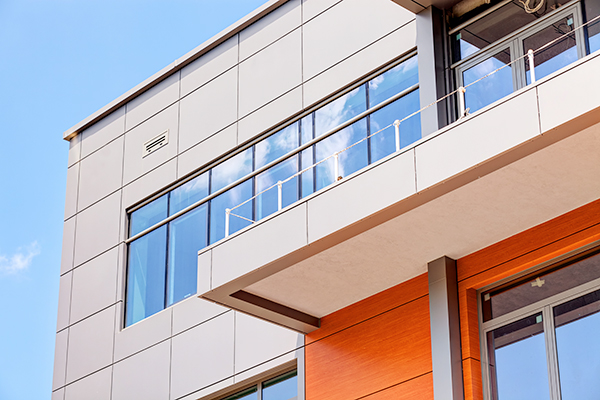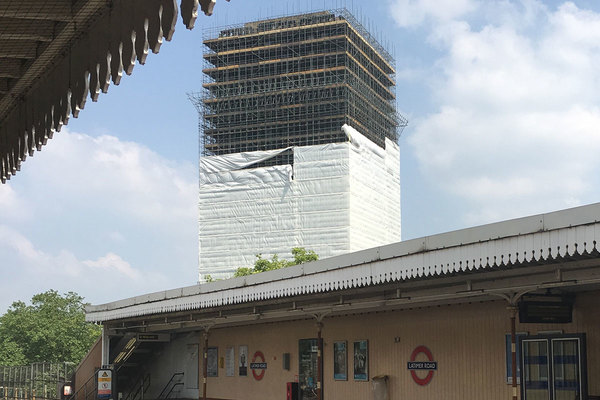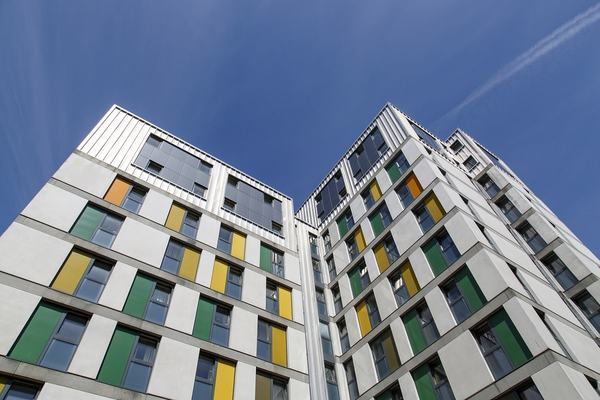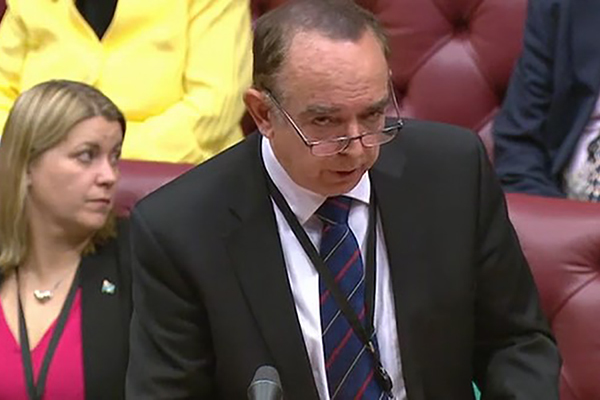Work to remove Grenfell-style cladding from social housing towers flatlines
Work to remove dangerous Grenfell-style cladding from social housing blocks across the country has stalled, with the number of re-cladding starts flatlining since August.
Analysis of the government’s Building Safety Programme data by Inside Housing shows that no new blocks have seen re-cladding start on them between August and the end of December.
Figures released today show that up to 31 December last year a total of 118 out of 159 blocks have seen remediation work started or completed, with 37 completed and 81 where remediation has started.
In comparison, figures from August 2018 reported that 120 of the 160 social sector buildings found to have aluminium composite material (ACM) at the time had seen work started or completed.
Of the 120 buildings listed in August, 14 had seen work completed and 106 had seen work start.
According to this month’s figures up to 31 December 2018, 40 of the remaining social sector blocks had plans in place for remediation, while two had reported an intent to remediate and were developing plans.
Inside Housing has asked the government why there appears to have been a slowdown in remediation work starts on social sector buildings across the country.
Last week, Inside Housing reported that the start of re-cladding work had been delayed again on the Chalcots Estate, the largest remediation project in the social housing sector.
The programme of works, which has now risen to £90m, is now not expected to begin until the summer, with work taking up to two years.
The slowdown in re-cladding starts in the social housing sector is mirrored in the private residential blocks, where the number of new re-cladding starts has also been slow.
Last month, Inside Housing reported that there had been there had been no new starts on private residential towers in the two-and-a-half months up to 30 November, with remediation having started on 12 blocks, with two seeing remediation fully completed.
The latest figures show that the number of buildings where remediation has been completed has more than doubled to five.
However, the number of blocks where re-cladding had started is only nine, meaning that no remediation work had started on any new private residential blocks in three-and-a-half months.
In total, 437 residential blocks and public buildings over 18 metres have been found to contain ACM cladding which needs to be removed since the Grenfell Tower Fire tragedy.
However 18 months after the fire, only 67 of these blocks had seen remediation finished, leaving 370 blocks still with ACM systems installed.
Housing secretary James Brokenshire said: “All buildings have interim measures in place, so people can sleep safely in their beds.
“Positive progress was made in remediation last year, but more needs to be done. In the social sector, we are fully funding the replacement of ACM cladding with up to £400m and this is happening now."












